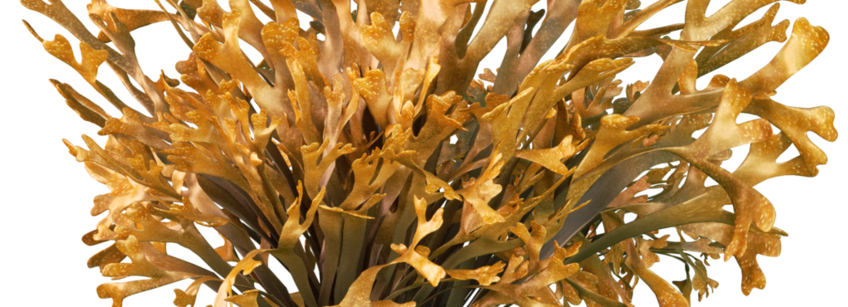Algal Development and Evolution - Susana Coelho
Our research focuses on the origin, evolution, and regulation of sexual systems diversity and on the molecular and evolutionary mechanisms that underlie the complex developmental patterns and reproductive features in brown and red algae.
Brown algae have been evolving independently of animals and land plants for more than a billion years. During that time, they have become the third most developmentally complex lineage on the planet, exhibiting a fascinating range of developmental patterns, types of sexual life cycles and sex determination systems. Red seaweeds are a sister group to land plants, and we study the molecular basis of their development and reproduction. These extraordinary organisms are expected to provide fundamental insights into the processes underlying the evolution of complex multicellular life.
Brown algae have been evolving independently of animals and land plants for more than a billion years.
more
Group leader: Agnieszka Lipinska
Studies of reproductive isolation hold the key to our understanding of how new species are formed.
more
Group leader: Michael Borg
How complex multicellular organisms develop from a single cell into a fully-fledged living being is a fundamental and fascinating question in biology.
more
Press releases & research news
Recent observations in brown algae from researchers at the Max Planck Institute for Biology Tübingen and the University of Dundee reveal the same hourglass pattern during embryogenesis as animals and plants. The ‘hourglass model’ of development in multicellular organisms suggests that embryos of the same phylum display differences morphologically and molecularly at the earliest and latest stages but resemble one another at the mid-embryonic period. Tracking developmental stages in brown algae now demonstrates that the processes governing the development of complex multicellular organisms are more universal than we thought, providing a deeper understanding of how multicellular life evolved.
more
Brown algae are outsiders – neither plant nor animal, neither fungus nor bacteria. Their unique position in the tree of life makes them very interesting to Susana Coelho and her team at the Max Planck Institute for Biology in Tübingen. The researchers want to find out whether evolution has taken two different paths to the same important innovation: the emergence of female and male individuals.
more
Researchers at Max Planck Institute for Biology Tübingen and Kobe University discovered populations of female brown algae that reproduce from unfertilised gametes and thrive without males. As published in Nature Ecology and Evolution, they used “Amazon” algae to shed light on the phenotypic and genetic consequences of the shift from sexual to asexual reproduction.
more
Researchers from the Max Planck Institute for Biology Tübingen broke new ground by demonstrating that an HMG-box gene in brown algae is crucial for determining male sex. This breakthrough significantly expands our understanding of sex-determination mechanisms in eukaryotic organisms. Until now, master sex-determination genes had been identified in only a select number of animals and plants. Published in
Science, this study illuminates the evolutionary parallels in developmental pathways between animals and seaweeds, despite their millions of years of independent evolution. It highlights the recurrent use of a shared genetic ‘toolkit’ across distant lineages for vital biological functions. Beyond offering deeper insights into brown algae's reproductive biology, this research explores distant evolutionary convergences.
more







